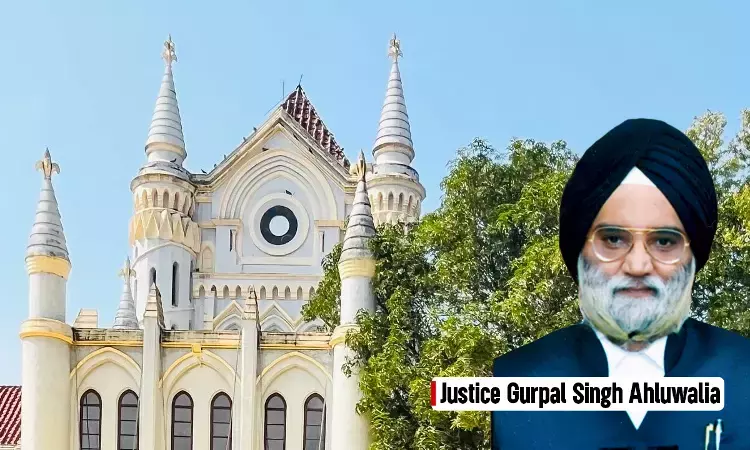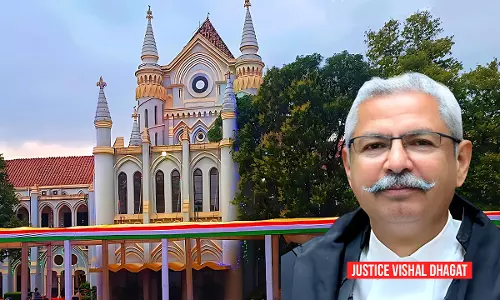Tomb Of Shah Jahan's Daughter-In-Law Declared As 'Protected Monument', Waqf Board Can't Claim Ownership By Notification: MP High Court

The Madhya Pradesh High Court has recently held that the Waqf Board cannot claim ownership of monuments in the Fort of Burhanpur, already declared as 'ancient and protected' by the Central Government. The ownership dispute was about the Tomb of Shah Shuja, the Tomb of Nadir Shah and Bibi Sahib's Masjid located in the Fort. The single-judge bench of Justice Gurpal Singh Ahluwalia held...
The Madhya Pradesh High Court has recently held that the Waqf Board cannot claim ownership of monuments in the Fort of Burhanpur, already declared as 'ancient and protected' by the Central Government. The ownership dispute was about the Tomb of Shah Shuja, the Tomb of Nadir Shah and Bibi Sahib's Masjid located in the Fort.
The single-judge bench of Justice Gurpal Singh Ahluwalia held that the monuments in question were granted protection under Sections 1(1) [declaration as ancient monument] and 3(1) [declaration as protected monument] of the Ancient Monuments Preservation Act, 1904. In such a scenario, the Board cannot issue another notification under Section 5 (2) of the Waqf Act, 1995 declaring it as Waqf property, the court observed.
“…the property in dispute was already declared as ancient monument and protected monument in the year 1913 and 1925. Thus, after the issuance of said notifications, property is now under the guardianship of Commissioner and the property is of Central Government…”, the bench sitting at Jabalpur emphasized that these properties were not 'existing waqf properties' when the 1995 Act came into force.
The single bench added that the Board's notification wouldn't negate the notifications under the Ancient Monuments Preservation Act until the Chief Commissioner relinquished his guardianship over the property under Section 14 of the 1904 Act.
“…An erroneous notification issued in respect of property which is not an existing waqf property on the date of commencement of Waqf Act, would not make it a waqf property…”, the court further noted that such a notification wouldn't automatically nullify the notifications under the 1904 Act.
The court, therefore, laid down that the Board cannot rightfully demand the eviction of the central government from the ancient and protected monuments in question.
The tomb of Shah Shuja is said to be the tomb of Begum Bilqis who was the daughter-in-law of Shah Jahan. According to Pratna Samiksha, A Journal of Archaeology, Volume 11, the tomb of Muhammed Shah Faruqui II, the tenth sultan of Faruqui Lineage, is mistakenly ascribed as Nadir Shah's tomb. Similarly, the Bibi Saheba Masjid was presumably built by Queen Begum Rokeya, who was the daughter of the Sultan of Gujarat.
The CEO of the MP Waqf Board issued an order in 2013 declaring these monuments as waqf property by relying on the 1995 Act. The Central Government challenged the said order before the High Court, though the counsel appearing for the Board contended that the matter should have been heard by the Waqf Tribunal in appeal first.
Advocate K.N Pethia appeared for the petitioner ASI. Advocates Ukarsh Agarwal and Sabhyata Yadav appeared for respondents No.1 and 2 respectively.
Case Title: Archaeological Survey Of India v. Chief Executive Officer & Ors
Case No: Writ Petition No. 13026 of 2015
Citation: 2024 Live Law (MP) 162
Click Here To Read/Download Order




